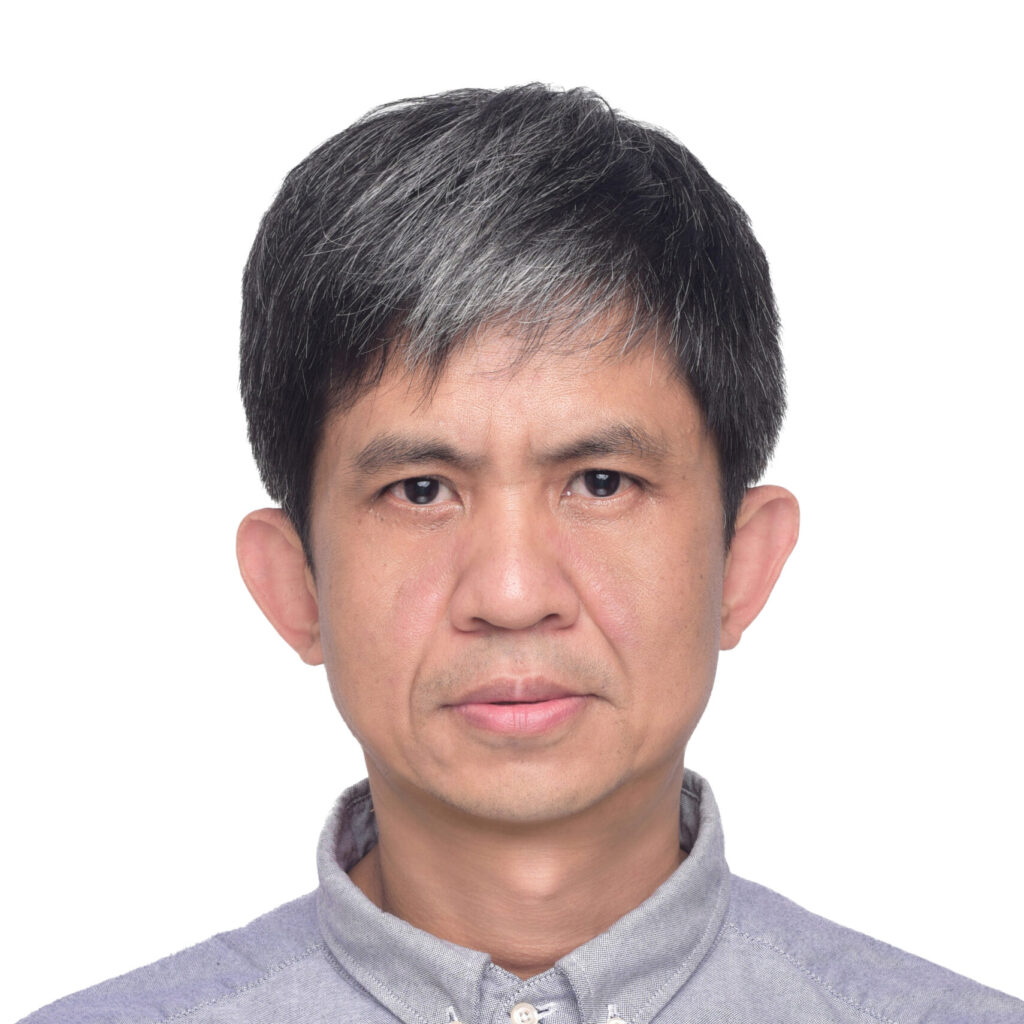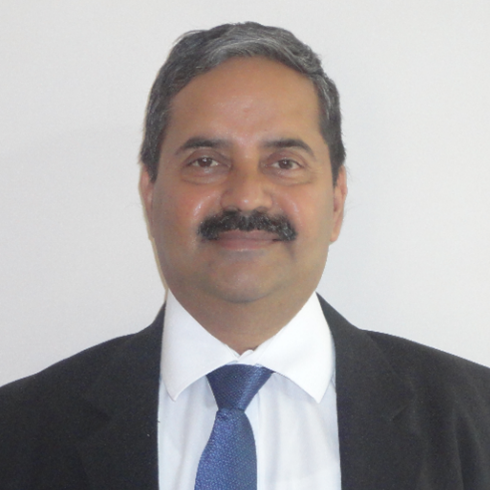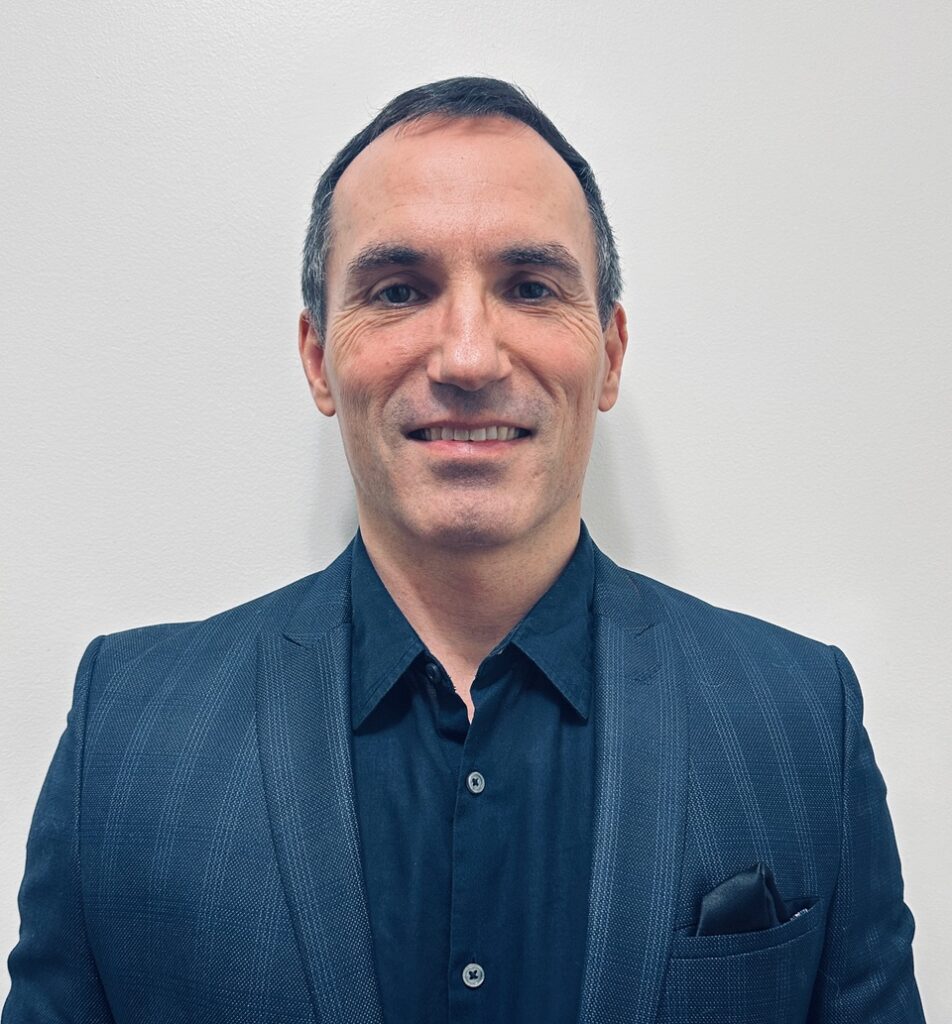 Dear Members of the IGS,
Dear Members of the IGS,
As IGS members you will soon be facing the important challenge of selecting 8 members to fill the elected positions of the 2014-16 IGS Council (out of a total of 16 elected positions). This time, you will also cast your vote to elect the future IGS President and IGS Vice-President. I believe that casting your vote will be particularly difficult because of two “good” problems that the IGS is currently facing. First, we face the important need of properly representing in our Council the forty-one (yes! 41) Chapters of our Society. As described in page 14 of this issue of IGSNews, I am pleased to report that during its November 2013 meeting in Accra, Ghana, the IGS Council approved the formation of new IGS Chapters in Honduras, Malaysia, and Vietnam.
 Figure 1 illustrates graphically the 41 countries where the IGS is represented in the form of IGS Chapters. Second, we face the important challenge of selecting only 8 out of the record-high number of 23 candidates that are willing to serve in the IGS Council. As an IGS member you will soon be given the privilege of casting your vote to directly select the representatives that will continue to define the direction of our International Society. It will be very important that you take the time to review the background and ideas of the candidates for the IGS Council, which appear starting on page 6 of this issue of IGSNews. The new Council will initiate its mandate during the IGS General Assembly to take place on 24 September 2014 during the 10th International Conference on Geosynthetics (10ICG) to take place in Berlin, Germany.
Figure 1 illustrates graphically the 41 countries where the IGS is represented in the form of IGS Chapters. Second, we face the important challenge of selecting only 8 out of the record-high number of 23 candidates that are willing to serve in the IGS Council. As an IGS member you will soon be given the privilege of casting your vote to directly select the representatives that will continue to define the direction of our International Society. It will be very important that you take the time to review the background and ideas of the candidates for the IGS Council, which appear starting on page 6 of this issue of IGSNews. The new Council will initiate its mandate during the IGS General Assembly to take place on 24 September 2014 during the 10th International Conference on Geosynthetics (10ICG) to take place in Berlin, Germany.
 Direct voting of IGS members has historically led to a good balance of constituencies in the IGS Council. As an example, the composition of the current (2012-14) IGS Council includes 7% of members from Africa, 26% from the Americas, 33% from Europe, and 33% from Asia/Oceania, leading to a geographically balanced representation. Also, the composition of the current IGS council includes 52% of members from Academia and 48% of them from industry. This is a very well-balanced representation, particularly considering the unique IGS approach of selecting the members of the IGS council by direct vote of each one of its members. Figure 2 illustrates graphically the 8 countries (in red) that will be automatically represented in the 2014-16 IGS Council (i.e. countries of council members that will continue their mandate for 2 additional years), as well as the additional countries that may be represented in the 2014-16 IGS Council depending of your vote (i.e. countries of candidates to the IGS council, who if elected will initiate their 4-years mandate). Keep in mind the need of good geographic and professional representation when casting your vote.
Direct voting of IGS members has historically led to a good balance of constituencies in the IGS Council. As an example, the composition of the current (2012-14) IGS Council includes 7% of members from Africa, 26% from the Americas, 33% from Europe, and 33% from Asia/Oceania, leading to a geographically balanced representation. Also, the composition of the current IGS council includes 52% of members from Academia and 48% of them from industry. This is a very well-balanced representation, particularly considering the unique IGS approach of selecting the members of the IGS council by direct vote of each one of its members. Figure 2 illustrates graphically the 8 countries (in red) that will be automatically represented in the 2014-16 IGS Council (i.e. countries of council members that will continue their mandate for 2 additional years), as well as the additional countries that may be represented in the 2014-16 IGS Council depending of your vote (i.e. countries of candidates to the IGS council, who if elected will initiate their 4-years mandate). Keep in mind the need of good geographic and professional representation when casting your vote.
 The IGS council will meet typically once a year on the occasion of a major geosynthetics conference. While the decisions that define the direction of the IGS are taken during the meeting of the council, much effort goes into the council activities that take place within the multiple operating units that are related to the IGS Council. Figure 3 shows the current structure of the operating units of the IGS council, illustrating that much of the activities of the council need to be worked out in advance by its Council Committees, its Task Forces, and its Technical Committees. The IGS Officers are IGS council members holding the positions of President, Vice-president, Immediate Past-President, Secretary and Treasurer. The Council Committees (Education, Communications, Corporate Members, Young Members and Regional Activities) are responsible for much of the actual effort of the IGS Council Activities. The Task Forces serve the IGS Council by conducting comparatively focused activities, while the comparatively new Technical Committees of the IGS Council serve as catalysts for several of the activities of the technical portfolio of the IGS. It should be pointed out that all members of the IGS can participate in any of the open Council Committees and Technical Committees.
The IGS council will meet typically once a year on the occasion of a major geosynthetics conference. While the decisions that define the direction of the IGS are taken during the meeting of the council, much effort goes into the council activities that take place within the multiple operating units that are related to the IGS Council. Figure 3 shows the current structure of the operating units of the IGS council, illustrating that much of the activities of the council need to be worked out in advance by its Council Committees, its Task Forces, and its Technical Committees. The IGS Officers are IGS council members holding the positions of President, Vice-president, Immediate Past-President, Secretary and Treasurer. The Council Committees (Education, Communications, Corporate Members, Young Members and Regional Activities) are responsible for much of the actual effort of the IGS Council Activities. The Task Forces serve the IGS Council by conducting comparatively focused activities, while the comparatively new Technical Committees of the IGS Council serve as catalysts for several of the activities of the technical portfolio of the IGS. It should be pointed out that all members of the IGS can participate in any of the open Council Committees and Technical Committees.
As previously pointed out (Zornberg 2012), one of the unique aspects of the IGS is that we are not an international society of member societies; but an international society of (just plain) members. That is, while the membership of the many other professional international societies is through national societies, the membership of the IGS includes “singular members” (individual or corporate) who directly select delegates that represent them in our governing IGS Council. While national member societies of our sister International Societies may have singular members that opt not to belong to the international organization, such a concept does not exist in the IGS. That is, all members of our IGS chapters are members, by definition, of the International Geosynthetics Society. One of the most explicit occasions when the direct communication between our singular members and the International mother ship materializes is for the upcoming selection of the IGS Council.
We look forward to receiving your vote.
All best regards,

Jorge G. Zornberg, Ph.D., P.E.
IGS President
tel: +1(512) 232 3595
e-mail: zornberg@mail.utexas.edu
Skype ID: jorgezor
Web site: www.ce.utexas.edu/prof/zornberg/
References Giroud, J.P. (2008). “The Council of the IGS.” IGSNews, Vol. 28, No. 2, June, pp. 3-7.






















